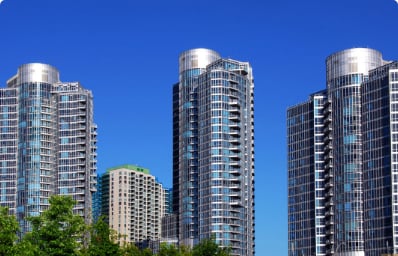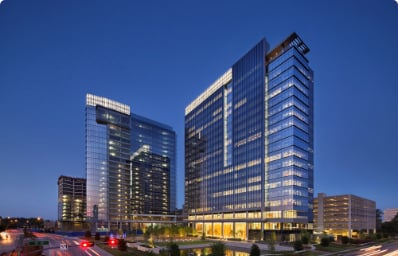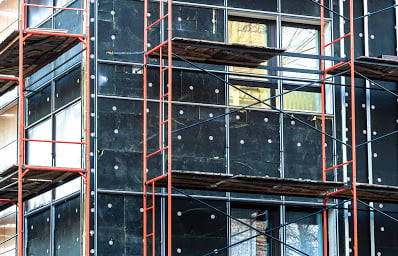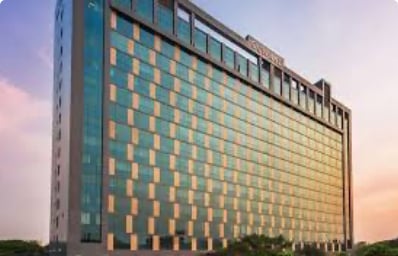BlazeMaster® CPVC Fire Protection Systems pipe and fittings are lightweight, flexible, and join together using a quick, one-step solvent cement process. When compared to metal fire protection systems, this enables building owners and contractors to save time, limit costs, and avoid unnecessary occupant disruptions.
Operates across a wide range of temperatures and pressures
BlazeMaster® CPVC pipes and fittings are easy to work with and allow for flexibility during the CPVC pipe installation process. Specifically, BlazeMaster CPVC is:
Install BlazeMaster® CPVC without specialized tools, electricity, and highly skilled labor.
Speed up installation while reducing man-hours. One man teams can transport and install CPVC pipe without support or specialized equipment.
Eliminate the need for prefabrication, and allow for on-the-spot adjustments.
Attach the pipe directly to a ceiling or wall, and install it in concealed or exposed locations.
Easily maneuver CPVC pipe through tight hallways, and install in hard-to-reach areas.
Avoid using loud threading machines and limit unnecessary occupant disruptions.
No torches or heat fusion is required, which creates a safer job site and eliminates the need for costly hot-work permits.

BlazeMaster® CPVC is approved for use in all light hazard occupancies, as defined and listed in LPCB’s red book Volume 1 “List of Approved Products and Services,” and by NFPA 13 regardless of the height of the building. These versatile fire protection systems have been successfully installed in a variety of situations: BlazeMaster® CPVC is approved for use in all light hazard occupancies, as defined and listed in LPCB’s red book Volume 1 “List of Approved Products and Services,” and by NFPA 13 regardless of the height of the building. These versatile fire protection systems have been successfully installed in a variety of situations:
BlazeMaster® pipe and fittings are not listed for exposed, outdoor installations. Also refer to IS 15105: 2002 on light hazard area definitions.
BlazeMaster® Fire Protection Systems offers a Free Online Installation Training Program for those interested in learning the basics of CPVC piping installation. Work through our training modules at your own pace, learn detailed best practices and test your knowledge. Upon completion, and at Lubrizol’s discretion, you will be awarded a BlazeMaster® online installation training card and certificate.
BlazeMaster® CPVC Fire Protection Systems are engineered to be installed in light hazard occupancies, where the potential for fire is relatively low, based on the amount and type of building materials used. In light hazards, fire develops at a slow pace with low levels of heat.

Residential high-rise buildings with a height more than 45 m or with more than 14 floors fall under this category.

This includes office buildings, hospitality properties (excluding kitchens) and data processing centres, where the bound area is not more than 125 sq.m.

This includes old commercial office buildings and even hotels, where in addition to the retrofit, there is also the need to reduce business downtime.

This includes hotels, hospitals, colleges, government buildings, and even places of worship.


